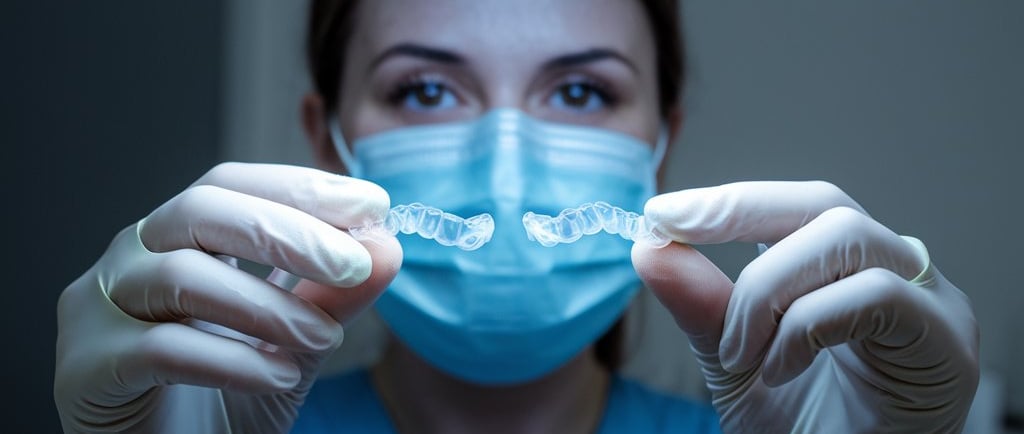Clear Aligners for Adult Orthodontic Patients: Addressing Age-Related Challenges (2024 Insights)
As the demand for orthodontic treatments among adults rises, clear aligners have become an increasingly popular option due to their discreet appearance and comfort. However, treating adult patients presents unique challenges compared to younger individuals. Recent research from 2024 highlights specific age-related concerns and provides insights into how these issues can be managed effectively using clear aligners.
Azeem Jameel
9/21/20243 min read


Clear Aligners for Adult Orthodontic Patients: Addressing Age-Related Challenges (2024 Insights)
As the demand for orthodontic treatments among adults rises, clear aligners have become an increasingly popular option due to their discreet appearance and comfort. However, treating adult patients presents unique challenges compared to younger individuals. Recent research from 2024 highlights specific age-related concerns and provides insights into how these issues can be managed effectively using clear aligners.
1. Bone Density and Tooth Movement
One of the primary challenges in adult orthodontics is decreased bone density, which can impact the speed and efficiency of tooth movement. Unlike younger patients, whose bones are more malleable, adults often experience slower orthodontic progress due to the rigidity of their bone structure. Research in 2024 suggests that this can be mitigated by utilizing aligners with optimized force application, ensuring controlled and steady movement without overstressing the bone and periodontal tissues.
Recent Insight: Advanced material science is paving the way for clear aligners that deliver more consistent forces, accounting for age-related bone density variations. Studies show that aligners with multi-layered, flexible materials can adapt to different stages of treatment while reducing discomfort.
2. Gum Recession and Periodontal Health
Many adult patients experience gum recession or existing periodontal issues. This complicates orthodontic treatment, as pressure from aligners may exacerbate these conditions if not properly managed. According to 2024 findings, clear aligners can be modified to exert gentler forces in specific areas, reducing the risk of aggravating gum recession.
Recent Insight: Customized clear aligners using AI-based mapping systems help target tooth movement while minimizing stress on periodontal tissues. Additionally, aligner therapy coupled with regular periodontal care has shown to improve treatment outcomes for adults with pre-existing gum conditions.
3. Root Resorption
Adults are more susceptible to root resorption, a condition where the roots of teeth begin to shrink during orthodontic treatment. This risk is particularly relevant for patients undergoing prolonged or aggressive orthodontic correction. However, 2024 studies suggest that clear aligners, due to their lower continuous forces compared to traditional braces, are less likely to cause root resorption when treatment is carefully monitored.
Recent Insight: Advances in digital treatment planning now allow orthodontists to predict potential areas of root resorption, adjusting aligner trays accordingly to prevent excessive force on vulnerable teeth.
4. Longer Treatment Time
While clear aligners are highly effective for mild to moderate orthodontic cases, adult patients often require longer treatment periods due to slower biological responses. 2024 data indicates that introducing periodic "acceleration" techniques, such as micro-osteoperforation or low-level laser therapy, can significantly speed up treatment timelines for adults without compromising the aligner’s efficacy.
Recent Insight: Research shows a growing trend toward integrating adjunctive therapies like vibrational devices and lasers to enhance the effectiveness of clear aligner treatments, particularly in older adults. These therapies help stimulate cellular activity in the bone, speeding up tooth movement even in mature patients.
5. Patient Compliance
Compliance can be a challenge for adult patients, who may have busy lifestyles that interfere with wearing aligners for the required 20-22 hours per day. However, advancements in clear aligner technology now offer features such as wear-time indicators and tracking apps that remind patients to wear their aligners and monitor progress.
Recent Insight: 2024 innovations in aligner technology include smart aligners equipped with sensors that track wear-time in real-time. These data-driven tools not only help patients stay compliant but also allow orthodontists to make adjustments based on actual wear-time data.
6. Esthetic Considerations
Adults are often more concerned with the esthetics of their treatment, seeking nearly invisible orthodontic solutions. While clear aligners naturally address this concern, newer aligner models introduced in 2024 have taken esthetics to the next level. These aligners boast even thinner, more translucent materials that are virtually undetectable when worn.
Conclusion
Clear aligners continue to be a viable solution for adult orthodontic patients, addressing many age-related challenges with advanced technology and personalized treatment planning. With continuous research in 2024 focusing on improving aligner materials, enhancing periodontal care, and reducing treatment times, clear aligners are becoming an increasingly effective and patient-friendly option for older individuals seeking orthodontic care.

Connect
Social Accounts
+1 830 7451 586
Building 595, Block H3, Phase 2
Johar town, Lahore Pakistan
Address
Mail at:
Call at:


ClearCare Ortho offers premium-quality, exceptionally clear, and affordable orthodontic aligner treatments worldwide.
© 2023 Copyright ClearCare Ortho All Right Reserved.
info@clearcareortho.com
